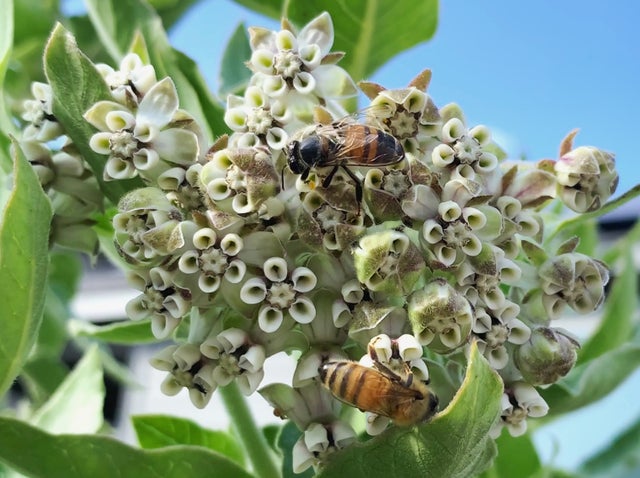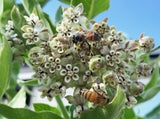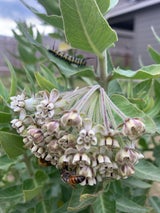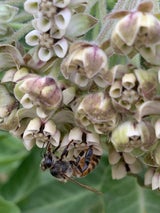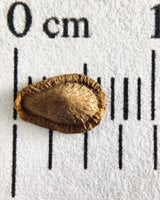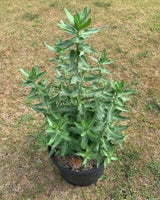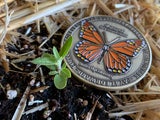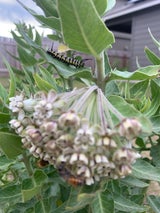- Store
- >
- sold out (not currently available)
- >
- Gomphocarpus cancellatus One Cape milkweed seed.
Gomphocarpus cancellatus One Cape milkweed seed.
SKU:
$6.00
$6.00
Unavailable
per item
Packet includes one cape milkweed seed.
Gomphocarpus cancellatus.
Other common name is Wild Cotton.
Sold out
The seed offered on this product page has a neat past. In the spring of 2018 I obtained a small stash of seeds from the lead gardener at the University of Nevada Cooperative Extension's Demonstration Garden located in Las Vegas Nevada. Although I sold most of those seeds by 2019. I kept two seeds to grow when the time was right. In 2020 I moved to Austin Texas and was in the ideal location to grow a perennial zone 8 milkweed like this one.
Using Water Germination I sprouted both seeds in May of 2020. One seed survived to become what seemed like a massive specimen of a plant. It hosted two queen butterflies who really devoured the flowers as they were growing. The plant flowered profusely in the fall of 2020 and the fruit formed and grew like a pumpkin in October. Austin experienced a rare winter in 2021 and dipped to 10 degrees. The plant was protected in the garage for a week while the weather passed. As the spring weather reached 100 degrees in June the seeds were ripe. To ensure they were harvested correctly. An organza bag allowed the fruit to open and release the seeds when the plant was ready.
I know of no other place offering this seed and the price reflects how rare it is in the United States. For those interested in growing Gomphocarpus cancellatus. I recommend you are in USDA Zone 8B or higher. Be patient with the seed. If clipping you should only remove a tiny amount of the seed jacket. Approximately one millimeter. Water Germination is effective. It takes a little longer than seven days for this seed to germinate. As soon as the root radical appears, I placed it in soil on a seed warming mat. Using a humidity dome was effective. It was well over thirty days from germination to when the cotyledon finally produced true leaves. The plant loves heat and full sun. As the heat exceeds 100 degrees the plant adds branches and leaves at an accelerated rate. Water needs are variable. I've seen it flooded for days and dry for weeks. Seldom does it drop a single leaf, that isn't eaten by a caterpillar. Truly remarkable!

